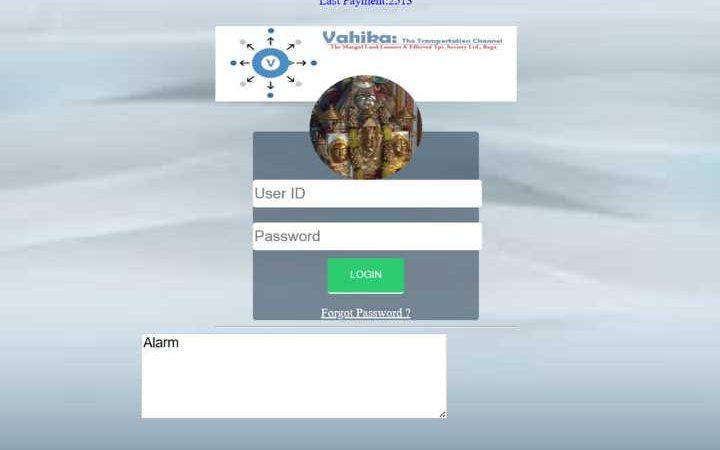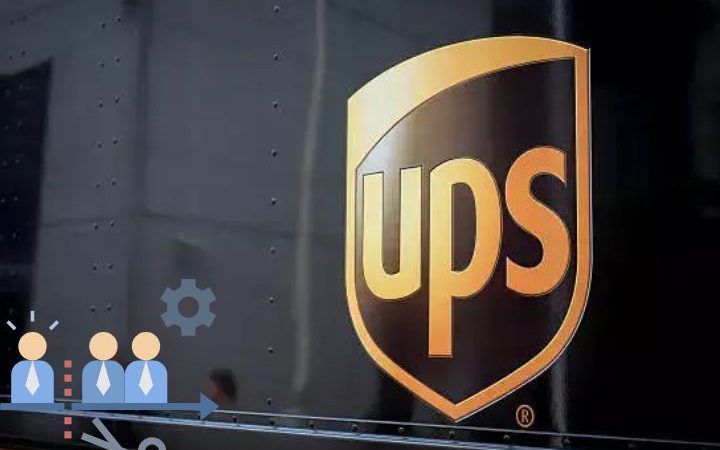The Environmental Benefits of Paperless Banking
The world is increasingly becoming aware of the impact that human activities have on the environment. One of the areas that can contribute to this awareness is the banking industry. The traditional banking system requires the use of paper, which can significantly impact the environment. However, paperless banking can help reduce this impact, and this article will explore the environmental benefits of this practice.
Convenient and Secure
The convenience and security of paperless banking are also important factors that contribute to its environmental benefits. By opting for paperless banking, customers can easily open a bank account online, receive statements and alerts electronically, and access their accounts from anywhere. With SoFi professionals, “Pay zero account fees and overdraft fees.”
Electronic communication methods are also more secure than traditional paper-based methods, as they are less vulnerable to theft, loss, and damage.
Paperless banking offers numerous environmental benefits, including reduced paper waste, lower carbon footprint, reduced energy consumption, efficient use of resources, and convenient and secure banking services.
Reduced Paper Waste
Paperless banking involves using electronic communication methods to perform banking transactions, such as online banking, mobile banking, and email notifications.
Customers can reduce the amount of paper waste generated by traditional banking practices by opting for paperless banking. This reduction in paper waste helps to conserve natural resources, reduce landfill waste, and decrease greenhouse gas emissions associated with paper production.
Lower Carbon Footprint
The production and transportation of paper products contribute to carbon emissions, which contribute to climate change. The carbon footprint of the paper industry is significant, and reducing paper consumption can help to mitigate the environmental impact.
Paperless banking eliminates the need for paper production and transportation, reducing the carbon footprint of the banking industry. Additionally, by promoting remote banking, paperless banking can reduce the need for transportation to and from bank branches, further reducing carbon emissions.
The reduction in carbon emissions associated with paperless banking can contribute to global efforts to reduce greenhouse gas emissions and combat climate change.
It can also help banks to reduce their own carbon footprint and meet sustainability targets. By reducing the carbon footprint of the banking industry, paperless banking can play a significant role in promoting a sustainable future.
Reduced Energy Consumption
Paper production requires a significant amount of energy. By going paperless, banks can reduce their energy consumption, leading to significant savings in energy costs.
Additionally, customers who opt for paperless banking can reduce their own energy consumption by avoiding trips to the bank, as they can access their accounts from anywhere with an internet connection.
Efficient Use of Resources
The use of paperless banking promotes the efficient use of resources. Banks can save on resources such as paper, ink, and postage, while customers can save time and effort by accessing their accounts from anywhere, at any time.
Using electronic communication methods, paperless banking can also reduce the need for physical storage space for documents, freeing up valuable real estate and reducing the need for additional energy consumption associated with heating, cooling, and lighting storage spaces.
As a result, more banks and customers are choosing to go paperless as they recognize the benefits of this practice. If you haven’t already done so, consider switching to paperless banking and help protect the environment while enjoying the convenience and security of modern banking. And remember, it’s easy to open a bank account online today!






